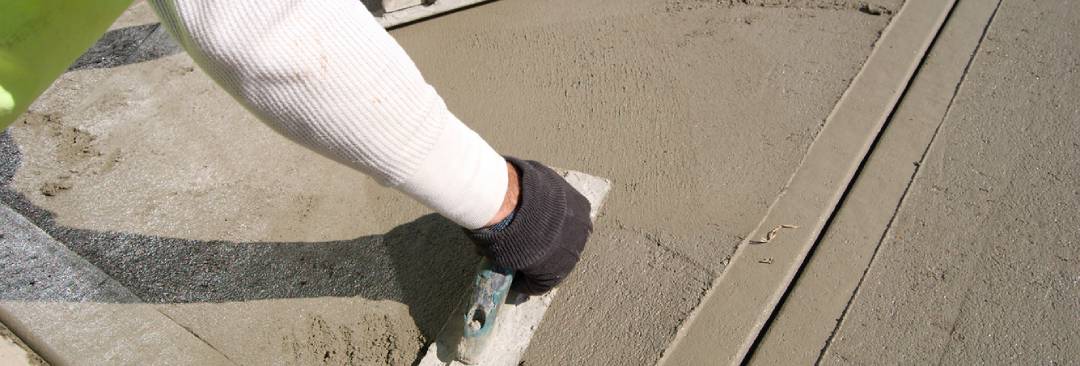Menu

The Recognition of Prior Learning (RPL) program for Concreting certification is structured to equip individuals with the fundamental skills and knowledge essential for working as concreters in the construction industry. This comprehensive course covers key areas such as the preparation and construction of concrete structures, interpretation of plans and specifications, and implementation of Occupational Health and Safety (OH&S) requirements. The program is designed to accommodate individuals at different stages of their career, including those entering the industry and those already employed but seeking to enhance their concreting skills and knowledge.
The program's curriculum typically includes modules on concrete mixing and placement techniques, formwork installation and removal procedures, concrete finishing methods, curing processes, and quality control measures. Participants learn about different types of concrete, additives, and reinforcements commonly used in construction projects. They also gain insights into reading and interpreting construction drawings and specifications related to concrete work, ensuring they can execute projects accurately according to design requirements.
An important aspect of the program is the focus on Occupational Health and Safety (OH&S) practices relevant to concreting work. This includes understanding safety regulations, identifying hazards in concrete construction sites, implementing safety measures, and using personal protective equipment (PPE) effectively.
Overall, the Concreting RPL program aims to validate and enhance the skills and knowledge of individuals in the concreting sector, preparing them for a successful career in this specialized field within the construction industry.
To meet the criteria for the Concreting Recognition of Prior Learning (RPL) program, candidates must possess a minimum of 2 to 3 years of relevant industry experience in a diverse range of concreting tasks. This experience should be acquired through active involvement in various aspects of concreting work, collaborating with a licensed concreter or builder. Additionally, the required experience can be obtained from a combination of both local and overseas work, with a specific requirement of 12 to 24 months gained within Australia.
Candidates seeking certification through the RPL program should demonstrate proficiency in a variety of concreting tasks, including but not limited to assessing concrete supply needs, placing and finishing concrete, implementing curing processes, installing and securing reinforcement materials, conducting manual excavation, cutting concrete as necessary, undertaking repairs and rectifications, on-site construction of tilt panels, and operating concrete agitator trucks.
By meeting these experience requirements and demonstrating competence in a diverse range of concreting tasks, candidates can qualify for certification through the Concreting RPL program, validating their expertise and readiness to contribute effectively to concreting projects within the construction industry.
According to NSW Fair Trading, tradies applying for a license must have the relevant industry knowledge and experience and have completed:
State and territory jurisdictions may have different licensing, legislative, regulatory or certification requirements. Relevant state and territory regulatory authorities should be consulted to confirm those requirements.
For information on the certificate III in Concreting and for the full list of units of competency, please visit training.gov.au
